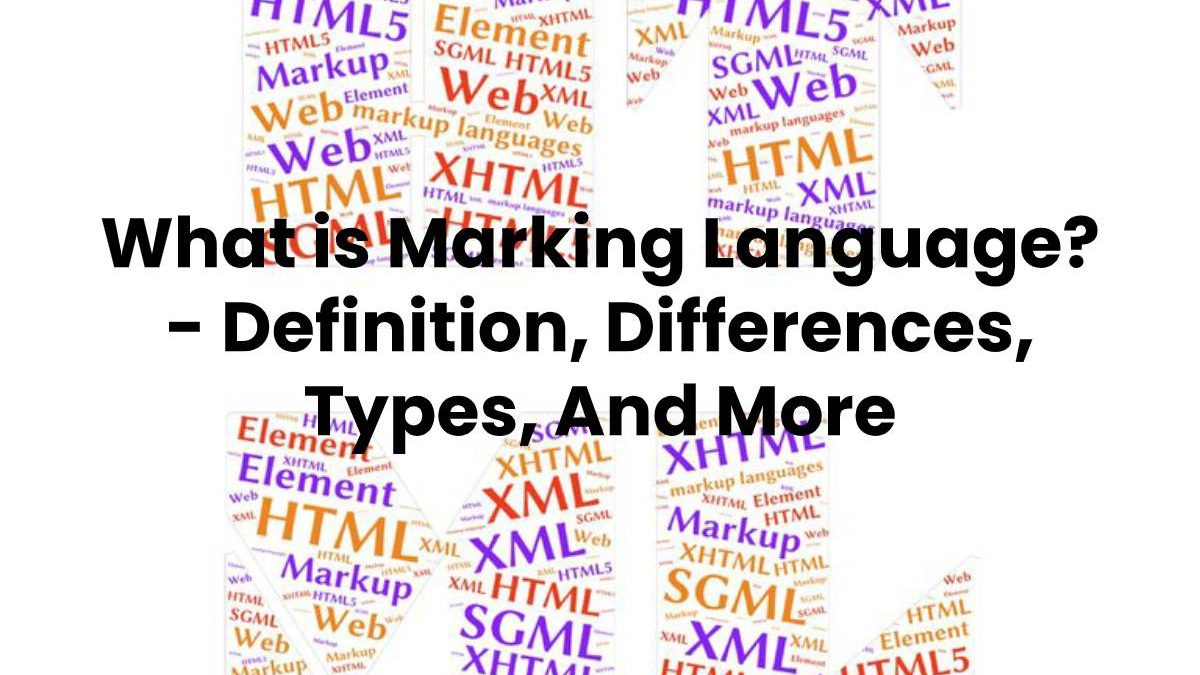Table of Contents
Definition Marking Language
The confusion between the marking language and the programming language is quite common, but we must bear in mind that it is not the same. The market has no arithmetic or variable capabilities, unlike the programming language. Over the years, it always has useful within the publishing and communication industry. On the other hand, software developers can originate from each markup language, an application that allows reading the files.
How is it different from the programming?
In general terms, the marking language is how a particular document is encoded, incorporating labels containing added information about the original structure or presentation of the file. In other words, it is the coding when a note gets added as marks or labels that modify the presentation or general structure of a text as indicated by an SEO consultant.
The three classes of marking language
The marking language classified into three types, which can coexist in the same file. In this way, HTML has routine tags, the bold or B of “Bold,” is an example of these.
Marking procedures
This language is in-sight of the individual who is editing the documents and focuses on its presentation. The program manages to interpret the code according to the order of appearance. To edit a title, we fellow guidelines, thanks to these, the software is informed of the steps to follow.
Presentation marking
We use this language to indicate the format of the text; it is useful to make a file layout; in this way, its reading becomes possible. It is not enough if we want to process all the information automatically. We try to reduce the use of this marking in large projects, which opt for others with a better structure.
Descriptive marking or semantic marking
Make use of labels for writing text pieces, but the order of presentation is not specified. SGML and XML are the languages that make up this markup. Its flexibility characterizes it since the text is labeled as it is and not as it should get presented. The utility stands out in the use of hyperlinks; on the other hand, search engines use it to find new pages to information, evaluating the popularity of the website.
Some time ago, the search engines structured markup language, to add information to HTML content, making the task of understanding easier by the search engines, being its very positive use for web positioning or SEO, by time to publish content on the internet.
In other words, with the use of this language, we can tell Google (or other search engines) what you will find on our website, for example, books, food recipes, hotels, household appliances, cars, among others. We could say that it is about building a relational database with HTML text files.

